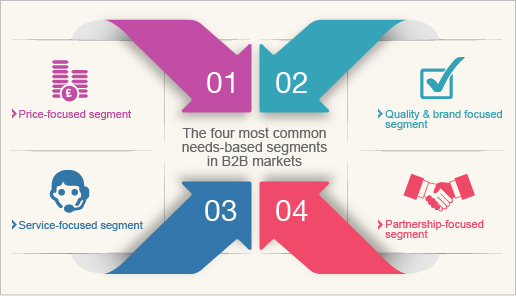Now,
more and more marketers are turning to ways to find what customers value—why
consumers buy the products they do, how they use them, and importantly, how
they relate to products in ways big data or conventional market research
surveys cannot. They are increasingly
using techniques used by anthropologists called ethnographic research, studying
consumers where they live, where they work, in the kitchen, in the bathroom, in
the stores, restaurants, concerts, malls, or college campuses. This observational method helps marketers by
showing how products are used, the meaning of products in their lives, and the lifestyles that influence purchase decisions.
Ethnography
evaluates consumer behavior in detail, identifying important patterns through
observation of people engaging in activities such as browsing, buying and
trying products, or using services. Based on ethnographic findings of consumer
value, recommendations are made to conduct quantified market research, develop
new products, add features to existing products, or change advertising
approaches.
Intel,
the computer chip maker, uses ethnographic research to understand how
teenagers, who grew up with smart phones, use their devices differently than
baby boomers, how television and PC technology
converge, and how smart phones are taking over most of the functions of
personal computers. J.C. Penney looks in
women’s closets to see the brands and styles of clothing they purchase for
work. Clairol, the marketer of hair
coloring, watches how women apply hair coloring at home to improve the ease of
product use.
5 Ethnographic Case Summaries by Consumer
Research Associates
> Abbvie
Pharmaceuticals, a marketer of a drug for HIV, wanted to understand the patient
journey to identify opportunities for innovation in packaging, messaging, and
service. Researchers observed physicians
with patients and conducted in-home interviews with patients to learn how drugs
are used. As a result of the research,
new techniques were developed to help patients comply with their therapies and
to help physicians communicate and personalize treatment solutions for
patients. > Miller Lite wanted to understand how brand updates would be received and understood by their current customers. Researchers conducted in-home qualitative studies to gauge user reaction to marketing ideas being considered. Interviews were conducted in stores and bars with different brand concepts in a natural setting to gauge consumer reaction. Using a variety of ethnographic methods, the project culminated in the successful update of all Miller Lite branding and marketing materials.
> Best Buy, a leading consumer electronics retailer, wanted to explore expanding its selection to include a health and fitness department. They were interested in how well customers would accept this brand expansion with a particular appeal to female shoppers. They wanted to understand the consumer product research and decision-making processes and to identify value triggers for investing in home fitness equipment. Ethnographers collected stories among women who recently purchased fitness equipment learning about stores the participants liked including Best Buy. Researchers accompanied consumers on shopping trips for fitness equipment to understand the purchase process. The ethnographic research helped Best Buy design the fitness department and provided direction in product selection.
> Ethnographic research is also useful in business-to-business situations. Bosch, a manufacturer of production equipment, wanted to determine how to gain a competitive advantage over rival companies. They first conducted interviews with production managers and then went into the manufacturing plant to observe how production-line staff used competitive equipment. The observations revealed there were customer needs that were missed by competitors such as awkward adjustments and difficult maintenance procedures. The result was a line of Bosch manufacturing products that overcame the shortcomings of competitive products. Observing the use of competitive products, an ethnographic technique, gave Bosch the market insight they needed.
> Miele, a German household products company, wanted to investigate the cleaning needs of people with allergies. They sent researchers into homes of people who had children with allergies to observe cleaning practices. Through ethnographic research, they discovered, parents spent extra time vacuuming mattresses to remove allergens. Parents could not be sure the mattresses were allergen- free, so they kept vacuuming. Miele developed a vacuum cleaner with a series of lights that indicated when the item is dust-free. This reduced the time and uncertainty of parents vacuuming their child’s bed, adding value consumers desired. Based on this research, Miele also introduced a washing machine with special features to thoroughly clean pillows and bedding of allergens.
Big
data, finding unusual relationships in structured and unstructured data, will
always play an important part in marketing to understand what is
happening. But to develop insight as to uncovering
consumer value, marketers use ethnographic research and visit people in their
homes, watch how they use products, listen to stories about how and why they
buy, what they buy, and gain deep insight into the purchase decisions.
Perhaps, you should incorporate ethnography into your marketing research toolbox?
* Herb Brotspies is an Adjunct Professor of Marketing (Retired) at Nova Southeastern University. For further information, contact Dr. Brotspies at hvb95@aol.com or (561) 302-3060.
Perhaps, you should incorporate ethnography into your marketing research toolbox?
* Herb Brotspies is an Adjunct Professor of Marketing (Retired) at Nova Southeastern University. For further information, contact Dr. Brotspies at hvb95@aol.com or (561) 302-3060.









